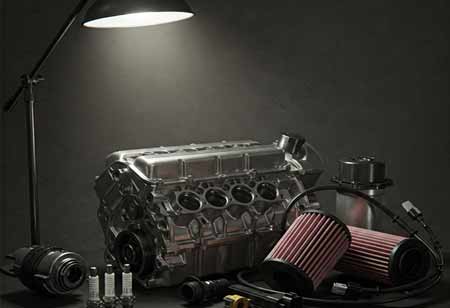Fremont, CA: The automotive parts industry is evolving rapidly, driven by advancements in electrification, electronics, and sustainability. As electric vehicles (EVs) become more prominent and consumer demand shifts towards eco-friendly solutions, manufacturers adapt to new technologies and materials. This transformation is reshaping automotive components' design, production, and functionality.
Rise of Electrification and Advanced Electronics
The automotive parts industry in Canada is driven mainly by the growing demand for integrating advanced electronic systems and electric vehicles. Traditional internal combustion engine components such as spark plugs, fuel injectors, and exhaust systems are gradually replaced or supplemented by high-voltage batteries, electric motors, and power electronics. This shift is reshaping the parts, supply chains, and materials involved in their manufacture.
EV-related parts like thermal management systems, battery management modules, and regenerative braking systems are gaining significance. These complex components require higher precision than many traditional mechanical parts. Electronic control units, sensors, and actuators are increasingly embedded in EVs and modern ICE vehicles. These parts are essential for safety, efficiency, and enhanced driving experiences, contributing to the broader movement toward smarter, more connected vehicles.
The digitalization of vehicle systems also means that parts are now more software-reliant. Updates can be made remotely, reducing the frequency of physical replacements but increasing the importance of durable, high-quality electronic parts. Canadian manufacturers are placing more emphasis on developing parts that are compatible with over-the-air updates and digital diagnostics. The move towards automation and driver assistance features like adaptive cruise control, lane-keeping, and automatic emergency braking adds to the demand for radar sensors, cameras, and lidar systems.
Sustainability and Lightweight Materials
Sustainability has become a driving force behind innovation in automotive parts. The industry is actively shifting toward eco-friendly production methods and recyclable materials. This trend is mainly prominent in using lightweight composites and alternative metals that reduce vehicle weight, improving fuel efficiency and lowering emissions. Carbon fiber-reinforced plastic, magnesium alloys, and advanced high-strength steel are increasingly being adopted to replace heavier traditional materials.
Efforts to lower the carbon footprint extend to how parts are manufactured and transported. There is a noticeable push toward localized production to minimize logistics emissions and supply chain disruptions. Additive manufacturing, commonly called 3D printing, is gaining traction for prototyping and even small-scale production of customized parts. This method reduces waste and allows for faster turnaround times, giving it a key role in a more sustainable supply ecosystem.

 Copyright © 2025 AutoTech Outlook. All Rights Reserved | Privacy Policy | Subscribe | Sitemap | About us | Feedback Policy | Editorial Policy
Copyright © 2025 AutoTech Outlook. All Rights Reserved | Privacy Policy | Subscribe | Sitemap | About us | Feedback Policy | Editorial Policy